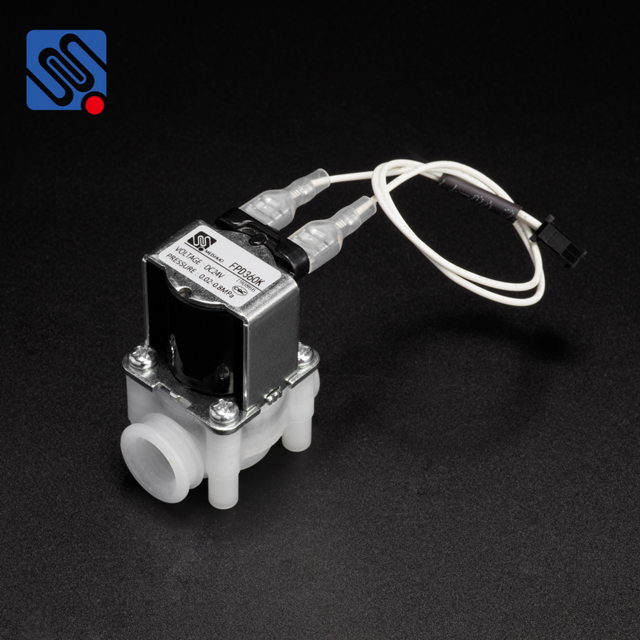In modern water treatment systems, efficiency and automation are key components that ensure clean and safe water for various applications. One crucial element that plays a vital role in this process is the Water Treatment System Solenoid Valve. These valves are designed to regulate the flow of water through pipelines and other systems, offering precise control in a fully automated manner. This article explores the function, working principles, applications, and selection considerations for solenoid valves used in water treatment systems.

What is a Water Treatment System Solenoid Valve? A Water Treatment System Solenoid Valve is an electrically operated valve that opens or closes to control the flow of water. It consists of a solenoid coil that, when energized, creates a magnetic field to move a valve mechanism, thereby allowing or stopping the flow of water through the system. The valve may be in a normally open or normally closed configuration, depending on the application and desired operation. Solenoid valves are often employed in systems that require automation, reducing the need for manual intervention. They can be integrated with sensors, controllers, and other devices to ensure efficient and precise operation. The versatility of these valves makes them ideal for applications ranging from household water filtration to large-scale industrial water treatment facilities.